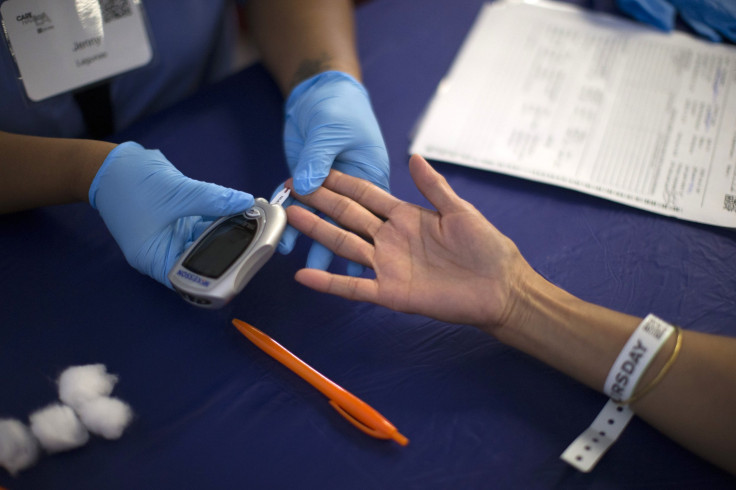Diabetes Treatment Most Expensive In US, Finds New Study; 600M People To Be Afflicted Globally By 2035

Rapid urbanization, changing dietary habits and a move toward an increasingly sedentary lifestyle has resulted in diabetes becoming a global epidemic, with over 380 million people affected by the disease worldwide. Moreover, according to study by researchers at the University of East Anglia, U.K., current trends indicate that this number is expected to grow to 592 million in the next two decades.
Over 8 percent of the world’s adult population was suffering from diabetes in 2013, with the most populous countries -- India and China -- nearing prevalence rates of close to 10 percent, according to the study. The disease is also widespread in the U.S., with 9.2 percent of the adult population suffering from it. The study also calculated the economic cost of Type 2 diabetes -- which affects 90 percent of all diabetes patients -- and found that two-thirds of all new cases are being reported in low- and middle-income countries such as China, India, Mexico and Egypt.
Building upon the findings of a 2004 study, which estimated that the direct and indirect economic burden of the disease was “large,” the latest study found that the direct costs associated with Type 2 diabetes, which included doctor and hospital visits, medication and laboratory costs for tests, and indirect costs, such as income losses as a result of early retirement and lost work hours due to illness, were much higher than previous estimates.
“Our results show a considerable impact of diabetes in terms of costs to society, health systems, individuals and employers,” lead researcher Till Seuring said, in a statement. “In high-income countries the burden often affects government or public health insurance budgets, while in poorer countries, a large part of the burden falls on the person with diabetes and their family due to very limited health insurance coverage.”
The study, published in the journal PharmacoEconomics, found that the U.S. was the most expensive place in the world to have diabetes, with an estimated lifetime cost of about $283,000 per person. Moreover, American women with Type 2 diabetes were the hardest hit, reporting the highest annual income loss worldwide, losing $21,392 per year. The disease also reduced their employment chances by almost 50 percent. In other countries, men with diabetes suffer more when it comes to employment options, the study found.
India and China -- two countries competing for the dubious distinction of becoming the diabetes capital of the world -- collectively accounted for 165 million of all diabetes cases.
“The results show that people in these (low and middle income) countries are the worst off because the economic burden on their livelihoods is much greater,” Seuring said. “Our findings underline the fact that diabetes not only has strong adverse effects on people's health but also presents a large --and at least partly avoidable -- economic burden.”
© Copyright IBTimes 2024. All rights reserved.






















